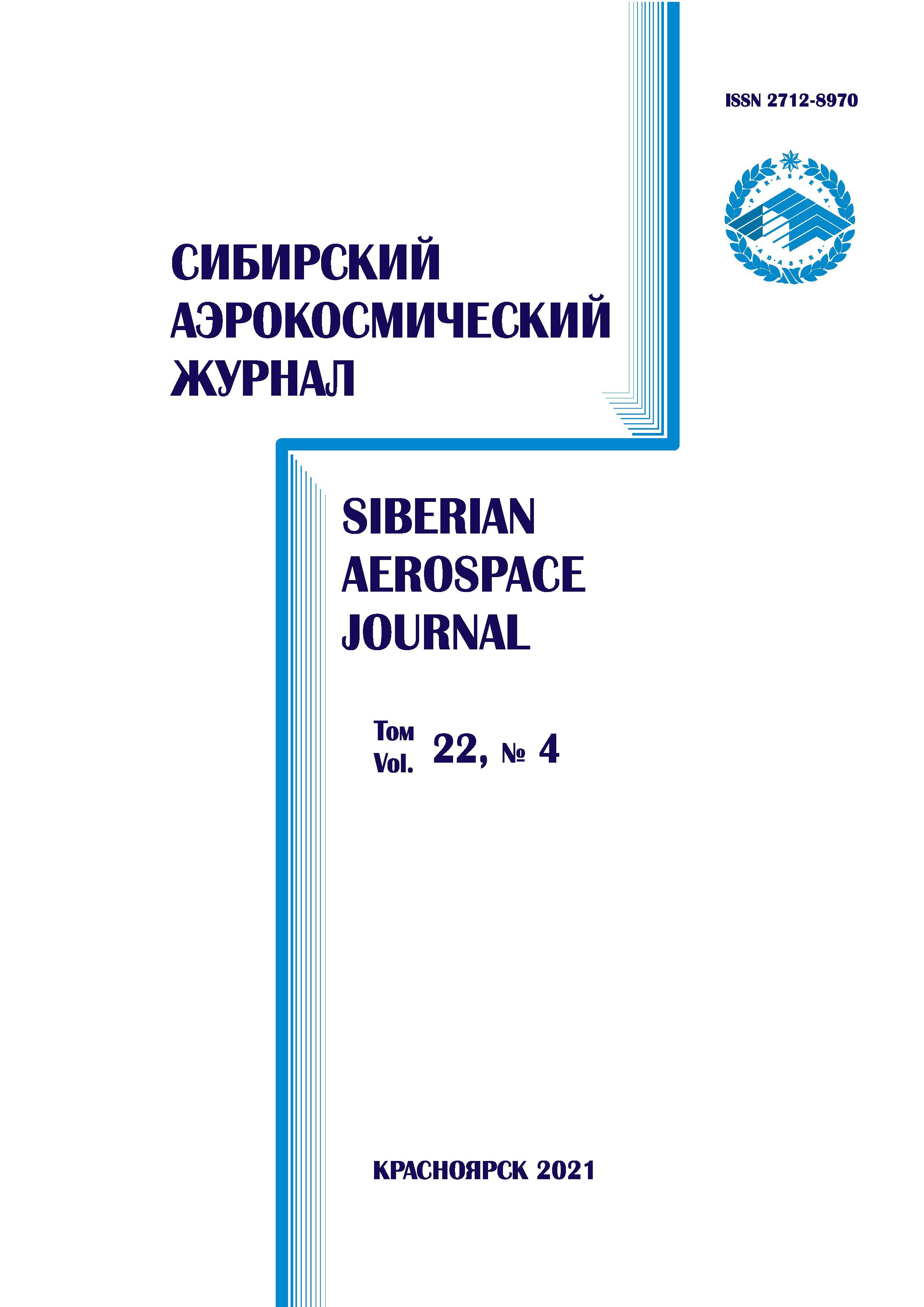About incorrect representation of the shock process on shock polars in a viscous heat-conducting gas
- Авторлар: Adrianov A.L.1,2, Sizasko V.2
-
Мекемелер:
- Reshetnev Siberian State University of Science and Technology
- Siberian Federal university
- Шығарылым: Том 22, № 4 (2021)
- Беттер: 558-567
- Бөлім: Section 1. Computer Science, Computer Engineering and Management
- ##submission.datePublished##: 20.12.2021
- URL: https://journals.eco-vector.com/2712-8970/article/view/562927
- DOI: https://doi.org/10.31772/2712-8970-2021-22-4-558-567
- ID: 562927
Дәйексөз келтіру
Аннотация
The shock gas-dynamic processes, which have found wide application in rocket and space technology in the design and optimization of devices and power plants, were considered. An analysis of the known exact and asymptotic relations/conditions on the shock wave were carried out, in particular, generalized differential relations (GDR) on a curvilinear oblique shock wave for a model of a viscous heat-conducting gas at large Reynolds numbers. The advantages of using the discrete-analytical approach were shown, for example: 1) the ability to make the most of smoothness of the shock gas-dynamic formation (jump) in the tangential direction; 2) build efficient computational algorithms devoid of the negative action of approximation/ artificial viscosity on a schematized discontinuity. At the same time, a very widespread graphical method for displaying the results of gas-dynamic calculations on the plane of shock polars, proposed by Busemann, and a volumetric (3D) polaroid, proposed by V. N. Uskov, was reviewed. The mathematical method of shock polars was built on exact relations of the Rankine – Hugoniot type and was proven itself quite well even in the simulation of viscous heat-conducting gas flows. However, in numerous literary sources there are assisting results (shock solutions) of both physical and computational experiments, which are not strictly reflecting in shock polars. In this abstract, it was shown that in rare cases this and a very widespread way of such a mapping may be incorrect. It was proved that the main reasons for such a defect are the combined action of three main factors: non-uniformity of the flow before the shock formation, the edge effect behind it, the action of the external viscosity factor and the mechanism of heat conductivity.
Авторлар туралы
Alexander Adrianov
Reshetnev Siberian State University of Science and Technology; Siberian Federal university
Хат алмасуға жауапты Автор.
Email: adrian58al@gmail.com
Dr. Sc., Associate Professor, Professor of the Department of Aircraft, Professor of the Department of Mathematical Modeling and Processes of controlling
Ресей, 31, Krasnoyarskii rabochii prospekt, Krasnoyarsk, 660037; 79, Svobodnyy prospekt, Krasnoyarsk, 660041Vsevolod Sizasko
Siberian Federal university
Email: adrian58al@gmail.com
post-graduate student
79, Svobodnyy prospekt, Krasnoyarsk, 660041Әдебиет тізімі
- Griffiths W. [Shock waves]. Modern hydrodynamics. Successes and problems. Ed. J. Batchelor and G. Moffat. Moscow, Mir Publ., 1984, 501 p.
- Courant R., Friedrichs K. Sverkhzvukovye techeniya i udarnye volny [Supersonic flows and shock waves]. Moscow, Izd-vo in. lit. Publ., 1950, 426 p.
- Cherny G. G. Techeniya gaza s bol’shoy sverkhzvukovoy skorost’yu [Gas flows with high supersonic speed]. Moscow, Gos. izd-vo fiz.-matem. lit. Publ., 1959, 220 p.
- Bai Shi-i. Vvedenie v teoriyu techeniya szhimaemoy zhidkosti [Introduction to the theory of compressible liquid flow]. Moscow, Izd-vo in. lit. Publ., 1962, 411 p.
- Polachek H., Sieger R. I. [Interaction of shock waves]. Osnovy gazovoy dinamiki. Ed. G. Emmons. Moscow, Izd-vo in. lit. Publ., 1963, P. 446–489.
- Hayes W. D. [Fundamentals of the theory of gas-dynamic discontinuities]. Osnovy gazovoy dinamiki. Ed. G. Emmons. Moscow, Izd-vo inostr. lit. Publ., 1963, 702 p.
- Bazhenova T. V., Gvozdeva L. G. Nestatsionarnye vzaimodeystviya udarnykh voln [Nonstationary interactions of shock waves]. Moscow, Nauka Publ., 1977, 274 p.
- Adrianov A. L., Uskov V. N., Starykh A. L. Interferentsiya statsionarnykh gazodinamicheskikh razryvov [Interference of stationary gas dynamic breaks]. Novosibirsk, Nauka Publ., 1995, 180 p.
- Uskov V. N., Chernyshov M. V. [Extreme shock-wave systems in problems of external aerodynamics]. Teplofizika i aeromekhanika. 2014, Vol. 21, No. 1, P. 15–31 (In Russ.).
- Adrianov A. L. [Generalized differential relations on the shock wave]. Vopr. atomnoy nauki i tekhniki. Ser. Matem. modelirovanie fiz. protsessov. 2009, Is. 4, P. 22–30 (In Russ.).
- Adrianov A. L. Matematicheskoe modelirovanie udarnykh techeniy ideal'nogo i vyazkogo teploprovodnogo gaza na osnove diskretno-analiticheskogo podkhoda [Mathematical modeling of shock flows of ideal and viscous heat-conducting gas on the basis of a discrete-analytical approach]. Krasnoyarsk, Sib. Feder. un-ty Publ., 2016, 216 p.
- Rusanov V. V. Derivatives of gas-dynamic functions behind a curved shock wave. M., 1973. (Preprint of the USSR Academy of Sciences / Keldysh M. V. Institute of Applied Mathematics; No. 18).
- Busemann A. [Hodographic method of gas dynamics]. ZAMM. 1937, No. 17 (2), P. 73–79.
- Emelyanov V. N. Difference schemes in problems of gas dynamics on unstructured grids. Ed. by Prof. V. N. Emelyanov, Dr. phys.-math. sciences K. N. Volkova. Moscow, Fizmatlit Publ., 2014. 416 p.
Қосымша файлдар









